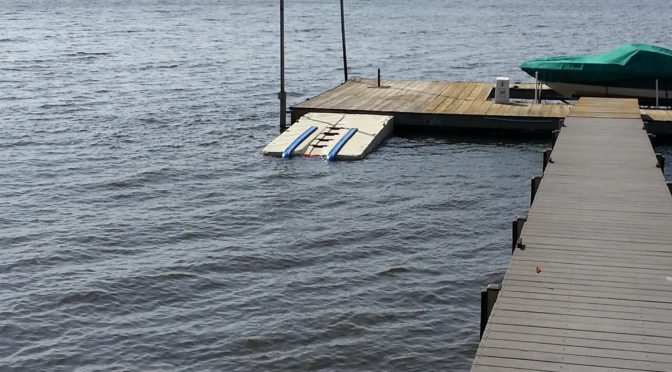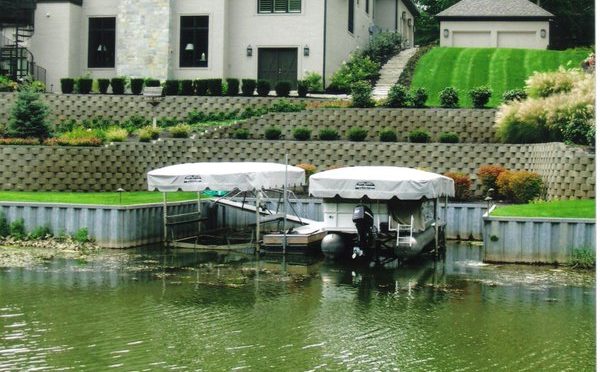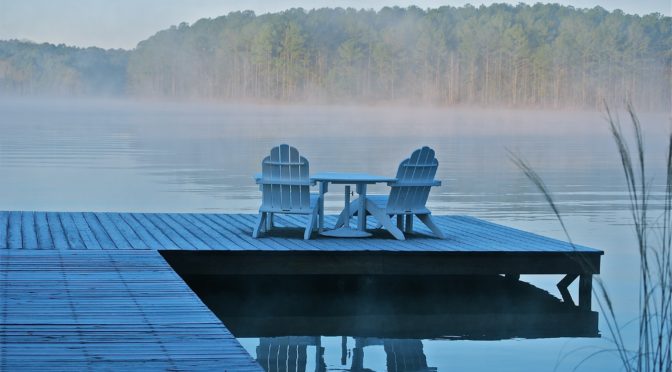As residential and commercial waterfronts are getting ready for the spring season, there are a few key things dock owners need to watch. It’s a lot easier to enjoy your time on the water when you know that your equipment checks out. Just follow our checklist to confirm that your dock made it through the winter safe and sound.
Signs Your Dock Needs Maintenance
Early spring is the best time to check out your dock to make sure you’re ready for the upcoming season. February, March, or early April, are good times for assessing your waterfront. Plus, if you used a bubbler in the winter to actuate the water, now’s the perfect time to take it out and put it back into storage.
Checking your dock in early spring is a good idea for both commercial waterfronts and residential properties. Homeowners, public docks, and other commercial sites on the water want to make sure their dock is safe for the years ahead. Regularly scanning your dock for loose connections and keeping an ear out for loud noises around your dock can help you catch any issues long before any major repairs are needed.
One sure sign that your dock will need spring maintenance is if you hear any obvious, loud noises when waves hit your dock. This is cause for concern because that racket could relate to metal-on-metal activity. If your dock equipment is knocking around too much, something can eventually break off and fall in the water.
Common Springtime Dock Repairs
In the Midwest, ice on the waterfronts typically comes off around Valentine’s Day. Scheduling preventative maintenance with a waterfront services company can help verify that all of your equipment survived the winter in one piece. If anything did go wrong, spring storms will just make those waterfront problems worse. Without preventative maintenance, some docks can even break in half. Then those parts can either sink to the bottom, or float away and go over a dam.
Some of the most common springtime dock repair problems relate to anchoring. Checking each one of your anchors, cables, and pipes is key for having a sturdy, stable dock. Spring is also the time to take a look at any floats that sit underneath your dock for support. These floats can sometimes pop out during winter, which can cause the dock to fall into the water later on. A thorough check will also cover the connections between your dock and bridge. These parts may need to be tighten every now and again, and spring is definitely the time to check.
Getting a Dock Repair Quote
A dock repair will happen at just about every site eventually. But if you’ve completed the necessary preventative maintenance, these problems are pretty easy to address. In general, the same rules apply to the small lakes in Northern Indiana, as to the huge lakes Kentucky or Tennessee!
If you need a professional to weigh in on your dock setup, you can always count on Deaton’s Waterfront Services. We take care with each dock inspection so you can get the information you need to make an informed decision. First, we review any weak points on your dock and let you know if there are any possibilities of failure in the next year. Then we can share suggestions on updates, as well as any short-term or long-term tips that might be helpful for your site.
A lot of times, you don’t even need to schedule an on-site visit with us. So if you’re on fence about whether you need a dock repair, please don’t hesitate to give Deaton’s Waterfront Services a call. We can easily get a clear vantage point of your site with a quick video-call. That way, you’ll get all the suggestions you need (whether you need new floats added, more screws down, etc.) and a dock repair quote with a much faster turn-around time.
You can even send us pictures of your dock to talk over your options. Our crew at Deaton’s is always happy to provide you with recommendations for custom dock updates or other repairs. We can even send you links and images to other dock projects we’ve worked on with past clients. Getting maintenance is great for your peace of mind around the water. If you have any questions, be sure to send us a message. We hope you have a great season ahead of you!




